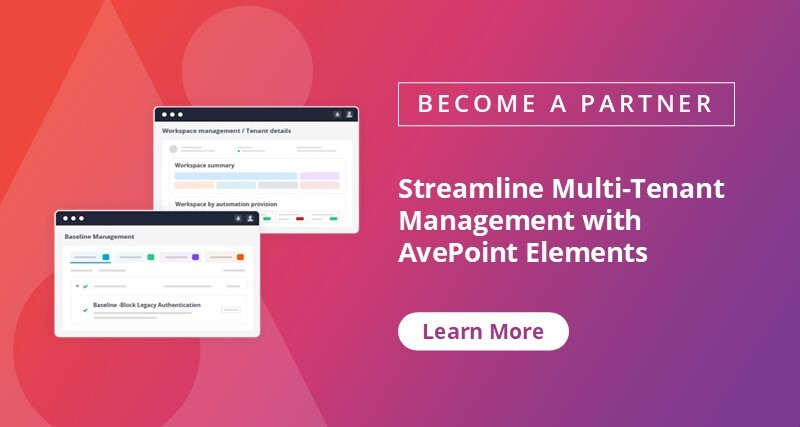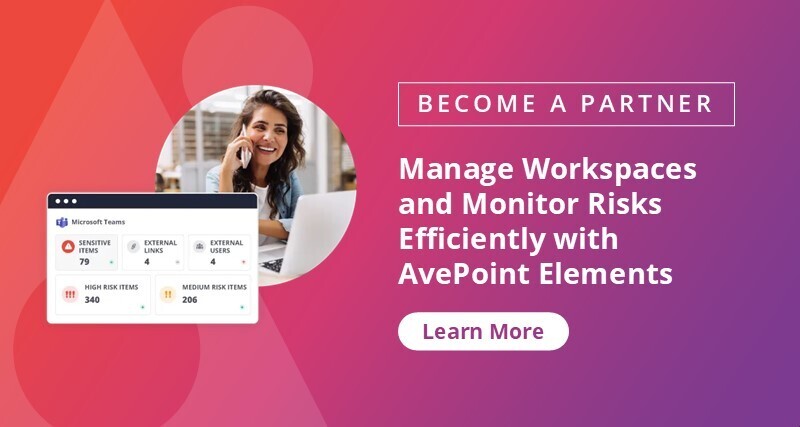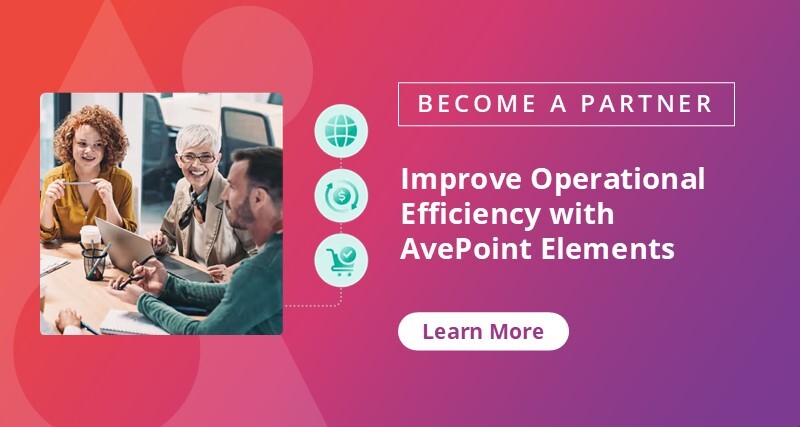Businesses often seek the help of managed service providers (MSPs) to achieve operational efficiencies.
According to Precedence Research, about 55% of companies tap MSPs to reduce security risks and gain access to value-added services. This demand represents more opportunities for MSPs to expand offerings and target more clients.
However, as MSPs manage more businesses, they face the complexity of a more diverse set of challenges.
To address this, MSPs must have a unified client workspace management tool.
4 Benefits of a Unified Client Monitoring Tool
Here are the benefits of a centralized monitoring platform for managing clients and their environments:
1. Multi-tenant management
MSPs usually manage several tenants. Case in point: about 66% of Microsoft’s enterprise customers and a majority of its partners manage multiple tenants.
Managing multiple tenants can be challenging because of the complexity of maintaining separate environments within a shared infrastructure. It requires careful resource allocation to ensure that each tenant’s performance is not compromised. Similarly, customizing features and settings to meet each tenant’s unique needs can be time-consuming.
Simplified workspace management enables MSPs to reduce the time and resources spent on routine tasks, which is difficult to achieve if MSPs deal with siloed tenant monitoring systems.
MSPs using a single pane of glass solution like AvePoint Elements, which supports multi-tenant management, can quickly respond to customer concerns through quick access to open support tickets and job statuses.
Moreover, rule-based notification triggers – which alert MSPs about failed or skipped jobs and create support cases proactively – ensure that MSPs are always aware of any issues affecting their customers and can resolve them immediately. They can even save their most-used settings and easily apply them to any tenant.

2. Delegated administration
Delegated administration enables MSPs to distribute administrative tasks across different teams or individuals. Decentralizing responsibilities allows for a more efficient use of MSPs’ time while giving clients more control over their data and processes. This efficiency enables MSPs to focus on more strategic initiatives, such as improving service delivery or expanding their service offerings for existing clients.
Delegated administration reduces the complexity and volume of administrative tasks MSPs need to accomplish as their clients increase. At the same time, it empowers clients to enhance their security practices and reduce the risk of unauthorized access or changes.
MSPs can achieve delegated administration using a tool that allows role-based access and administration to assign specific roles and responsibilities to different individuals, limiting their access and capabilities to only what is necessary for their role.
Within AvePoint Elements, MSPs can assign role permissions within their team, such as the capability to run onboarding, manage subscriptions, or create reports, equally dividing tasks among team members for greater efficiency and security.
With a unified workspace management tool, it becomes more convenient to track which administrator did what and when — something that is crucial for auditing, troubleshooting, and resolving any issues that may arise. It encourages administrators to take ownership of their tasks, promoting responsibility and diligence.
3. Scalability and Growth
MSPs have a huge market to tap: the SMB market alone represents 44% of all tech spend and is 80% partner-delivered. Many MSPs anticipate the demand to grow further.
However, as MSPs gain more clients, they face the intricacies of managing multiple workspaces. Service providers have to equally divide their time among their numerous clients to ensure that all concerns are addressed and that workspaces are maximized depending on each client’s needs.
Imagine doing all that with siloed monitoring tools.
AvePoint Elements’ unified platform brings together workspace management and monitoring across multiple tenants and clients, as well as end-user communications all in a single platform.
When MSPs have a unified platform, their workforce can efficiently conduct monitoring – giving them more time to focus on improving and scaling business operations. For example, a simplified management process gives MSPs more bandwidth to properly onboard new clients, effectively provide regular workspace updates to existing customers, and manage more extensive responsibilities without compromising service quality.
4. Security and Compliance
As companies migrate to digital workspaces to keep up with the needs of today’s operations, security remains a top concern. According to a survey conducted by Microsoft Security, 94% of SMBs consider cybersecurity critical to their success.
That’s why MSPs must deliver a strong security solution for their clients. SMBs today are focused on increased data security protection for AI use (81%), data loss protection from the use of personal devices (74%), and secure data access for remote workers (68%), the Microsoft Security survey found.
To address these concerns, MSPs can provide monitoring services, immediately notifying clients when a security concern arises. To improve this process, MSPs can leverage technology solutions, such as AvePoint Elements, which provides a streamlined risk monitoring services that allow MSPs to enforce security rules across clients’ tenants and receive notification when in events of security drifts, allowing them to quickly resolve issues in the Elements dashboard.
With a streamlined workspace monitoring tool, MSPs can quickly implement robust security measures, monitor potential threats, and respond to security incidents.
Implementing security and compliance measures through a unified workspace tool not only protects their clients’ businesses but also strengthens MSPs’ position as a trusted partner.

Boost Operational Efficiency with a Centralized Management Platform
A streamlined digital workspace management and monitoring tool is vital for MSPs to handle the needs of multiple clients effectively. It enhances efficiency and productivity by allowing multi-tenant management and delegated administration, and it eases customer concerns by enabling easy notification of security and compliance risks.
These efficiencies allow MSPs to quickly scale their operations and find opportunities for revenue growth, driving success for their business and clients.


